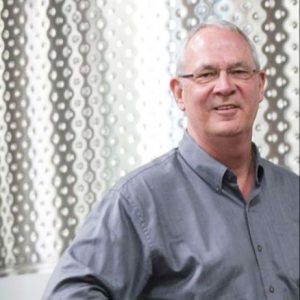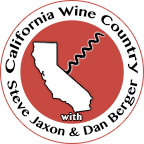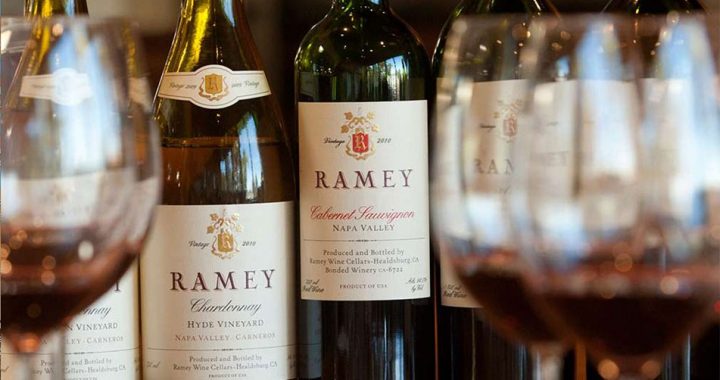Podcast: Play in new window | Download (Duration: 41:32 — 19.1MB) | Embed
Subscribe: Apple Podcasts | RSS | More
Tom Simoneau has brought David Ramey and the Ramey family in to join Steve Jaxon and Dan Berger today on California Wine Country. Barry Herbst is back from a trip to France where he visited all of the Boisset family properties. Boisset wines were mentioned on Tom Simoneau’s 2018 Wines of the Year show last December.)

David Ramey
David’s wife Carla, their elder daughter Claire, who has worked in the family business for six years and her brother Alan who also works at the winery. David Ramey got a MS in Oenology from UC Davis in 1979 and then worked at Pomerol in France, then he worked in Australia. The had his first harvest job in Sonoma County in 1978. In Spring 1980 he became assistant winemaker to Zelma Long at Simi Winery. A lot of his fellow students got winemaking jobs straight out of college but David was happy to learn as an assistant from a great master. His career continued through several great wineries. They stated their own winery when he went to Dominus to run everything. He started making Chardonnay in 1996. He got some grapes from Larry Hyde, and he still makes Hyde Vineyard Chardonnay. David remembers being chosen as Tom Simoneau’s Wine of the Year several years ago when his daughter was a young child. David was also on California Wine Country on this show from February 28, 2018.
They taste a 2016 Russian River Chardonnay. It is the largest production wine that they make. This is a blend, they also make single-vineyard productions, which they will also taste. This comes from several great vineyards in Sonoma County. David Ramey explains that the story of his wine is native yeast, native bacteria from malolactic fermentation and no filtering. They do not own a filter. There are two types of acid in grape juice, tartaric acid and malic acid. After alcoholic fermentation, there is a class of bacteria that is similar to the ones in yoghurt look for the malic acid which they turn into lactic acid, hence the name “malolactic fermentation” or ML for short.
All wines would undergo this unless the winemaker intervenes. This is what he calls Neo-Traditional or Neo-Burgundian. This is the way wine has been made in Burgundy for hundreds of years. They usually don’t bottle one year until after the harvest of the next year. They spend a year on the lees, which are the spent yeast cells. When you short-circuit the time on the lees, you lose the texture and delicacy that otherwise it might have.
Dan says that David makes wines that have unbelievable acidity and good terroir characteristics and they deserve time in the bottle. Dan goes on to say that Chardonnay is like red wine without color and Pinot Noir is like white wine but with color, because of its feeble phenolic constitution, with weak tannins.
Ramey Wine Cellars makes seven different Chardonnays. Tom SImoneau notes that all of their Chardonnay wines have unique character.
Barry Herbst says that Bottle Barn has lots of Ramey Wine Cellars wines and that they are easy to sell. David Ramey says that Bottle Barn is one of the best places to buy wine in the whole country.
David Ramey talks about their plans for a new winery in the heart of Sonoma County Pinot Noir country. He hopes will be ready for the 2021 harvest. There are two now historic hop kilns and a bailing barn on the property. They currently have two long-term leased buildings in Healdsburg by appointment at 10 am or 2pm.
The Pinot Noir is smooth and elegant, says Tom Simoneau. Dan Berger says it’s perfectly balanced and the acidity is perfectly balanced with the fruit flavors. As they pour a taste of a Syrah, Dan Berger makes a prediction that in 100 years, David will be more famous for Syrah than for anything else.

